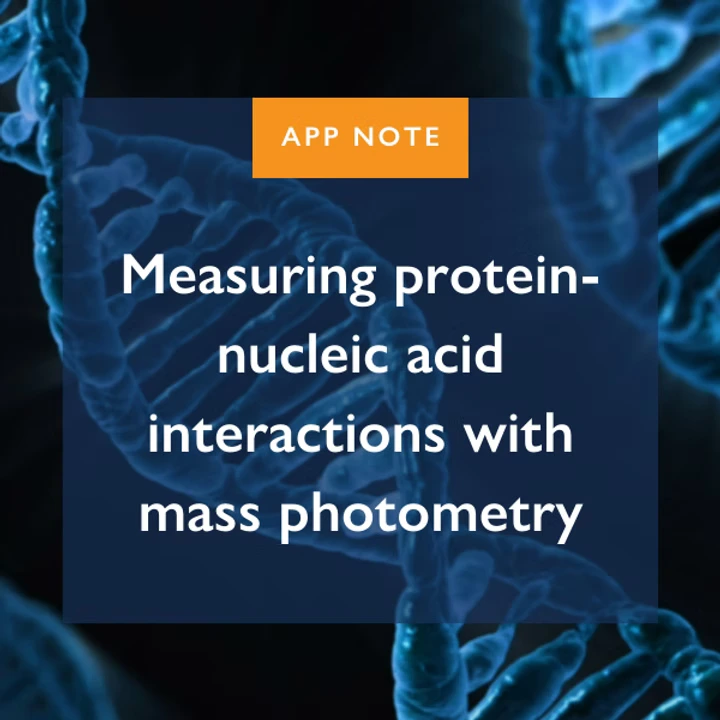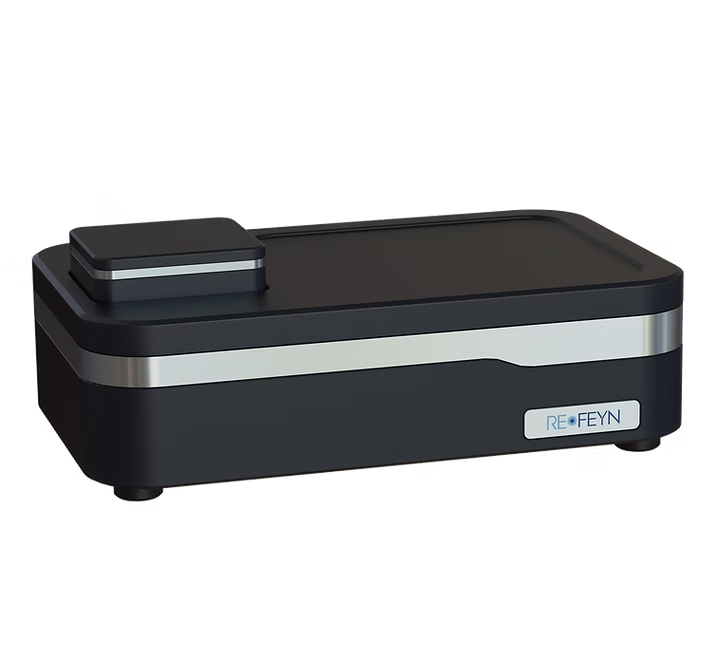Protein and nucleic acid analytics with mass photometry
Fast, accurate biomolecular analytics
Whether they are focused on understanding vital cellular processes or developing new therapeutic antibodies, life scientists frequently need to perform biomolecular analytics – to analyze sample purity, measure binding affinities, quantify oligomerization and complex formation, and assess sample integrity. Mass photometry can do all this and more – by measuring the molecular mass of all biomolecules in a sample, individually, in solution.
Compatible with antibodies and other proteins, as well as membrane proteins and nucleic acids, mass photometry is a versatile tool for biomolecular analytics that helps life scientists understand exactly what is in their sample. It reveals the formation of complexes – between proteins, DNA or RNA – including oligomers, macromolecular assemblies and antibody/antigen binding. It can be used to estimate binding affinities, even for low-affinity interactions. Mass photometry can also be used to screen for sample degradation or aggregation, or for the presence of impurities.
With each measurement taking just a few minutes – requiring very little sample and minimal training – mass photometry puts the power of molecular mass measurement within easy reach. It enables researchers to focus on advancing their science.
Explore our solutions for biomolecular analytics
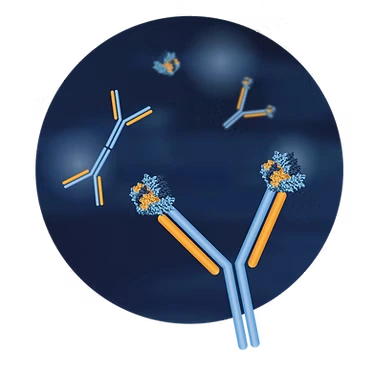
Antibody characterization
Detecting antibody aggregation, fragmentation and interactions rapidly with minimal sample consumption, mass photometry provides insights in minutes using minimal sample. Discover how it can revolutionize your antibody analysis.

Protein-protein interactions
Mass photometry enables investigation of binding, oligomerization and complex formation in solution – with sensitivity and speed. Discover how it can transform your protein analyses.

Antibody aggregation
By characterizing antibody aggregation, fragmentation and interactions rapidly with minimal sample consumption, mass photometry provides insights in minutes using minimal sample. Discover how it can power ups your antibody analysis.

Membrane protein analytics
Compatible with detergents and membrane mimetics, mass photometry offers an efficient, non-destructive way to optimize purification conditions and characterize membrane proteins. Discover how it can enhance your research.
What mass photometry users are saying
“Mass photometry was the method of choice for our study, since it can quickly quantify the relative abundance of all the tau oligomers and show how these populations change over time.”
Simanta Sarani Paul
University of Alberta
Kathryn Gunn
Stony Brook University
“Mass photometry fits perfectly into our analytical workflows when we know there are additional species in our samples [such as aggregates] but we don’t know their mass or their oligomeric state.”
Martin
A scientist at a large pharmaceutical company
Mass photometry solutions for biomolecular analytics
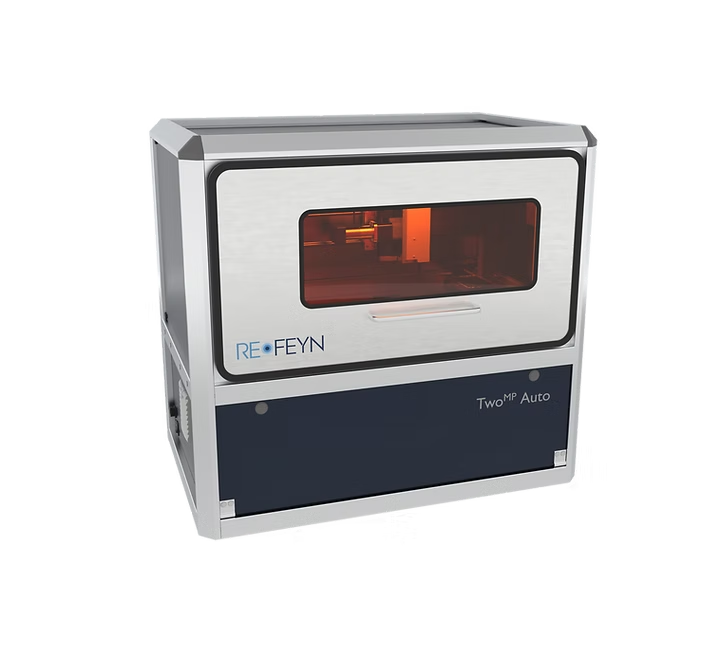
TwoMP Auto
Rapid, automated measurement of multiple samples with low sample consumption
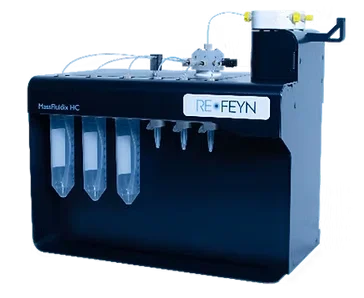
MassFluidix HC
Measurement of concentrated samples, uses rapid dilution, add-on to TwoMP mass photometers

Mass photometry consumables
Hassle-free measurements, with reduced sample preparation time and greater data confidence
Further resources
BLOG POST: How does mass photometry work?
Read this blog to learn how mass photometry measures molecular mass by analyzing light scattering from biomolecules in solution. Discover its direct and rapid results with minimal samples, and its applications in studying proteins, nucleic acids and more, all without requiring modifications.
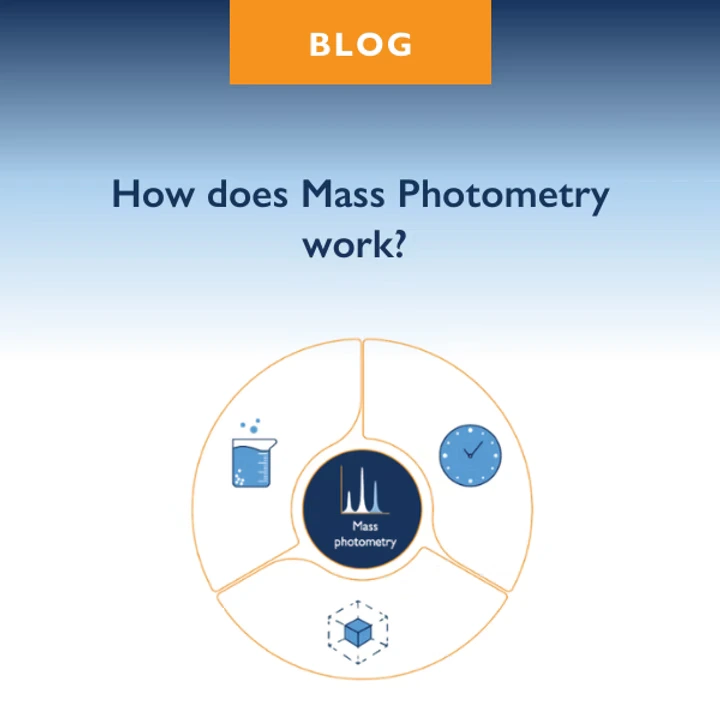

WEBINAR: Accelerating protein characterization with mass photometry
This webinar explores the principles of mass photometry, its applications and the types of molecules it can analyze, comparing it to techniques like cryo-EM, SEC and mass spectometry.
APP NOTE: Measuring protein-nucleic acid interactions with mass photometry
In this application note, you will learn how mass photometry, along with MassGlass CC slides, can be used to successfully measure the mass of nucleic acid and protein molecules, and to quantify their abundance and the abundance of complexes they form.
